Invoice Finance, also known as Invoice Factoring or Receivables Finance, is a financial service that allows businesses to access a portion of the outstanding value of their invoices before the customers pay. It is a popular funding option for SMEs that experience delays in receiving payments from their clients, as it provides immediate access to working capital, easing cash flow constraints.
The Process of Invoice Finance
- Invoice Generation: The first step in the Invoice Finance process is the regular issuance of invoices to customers for products or services provided.
- Invoice Submission: Once the invoices are generated, the SME submits them to an Invoice Finance provider, a financial institution specializing in this service.
- Funding Approval: The Invoice Finance provider assesses the creditworthiness of the SME’s customers and determines the approved funding amount, typically a percentage of the total invoice value.
- Advance Payment: After approval, the Invoice Finance provider advances a significant portion of the invoice value, often around 80-90%, to the SME within 24 to 48 hours.
- Collection and Payment: The provider takes on the responsibility of collecting the full invoice amount from the SME’s customers. Once the customers settle their dues, the provider releases the remaining invoice value to the SME, minus a service fee.
Using Invoice Finance as a Strategic Tool for Managing Cash Flow Challenges
Invoice Finance can be a powerful tool for SMEs to navigate cash flow challenges and enhance financial stability. Here’s a step-by-step guide on how to use Invoice Finance effectively:
Assess Cash Flow Needs:
Begin by evaluating your business’s cash flow needs and identifying areas where funding is required. Understand the gaps in your cash flow cycle and determine the amount of working capital needed to cover expenses during periods of delayed customer payments.
Research Invoice Finance Providers:
Conduct thorough research to identify reputable and reliable Invoice Finance providers in the UK. Look for providers with experience in your industry and a track record of prompt and transparent services. Compare fees, terms, and funding options to select the best fit for your business.
Evaluate Eligibility:
Invoice Finance providers typically assess the creditworthiness of your customers before approving funding. Ensure that your customer base is creditworthy and likely to make timely payments. Some providers may have minimum turnover requirements, so confirm that your business meets the eligibility criteria.
Choose Between Factoring and Discounting:
Invoice Finance comes in two primary forms – Factoring and Invoice Discounting. Factoring involves the provider managing your sales ledger and collecting payments directly from customers, while Invoice Discounting allows you to retain control of the sales ledger and handle payment collections yourself. Choose the option that aligns best with your business’s requirements and preferences.
Submit Invoices Promptly:
To access funding quickly, ensure that you submit invoices to the Invoice Finance provider promptly. Timely invoice submission will expedite the approval process and ensure a swift release of funds.
Utilise Advances Wisely:
Upon approval, the provider will advance a percentage of the invoice value to your business. Use these funds wisely to address immediate financial needs, such as paying suppliers, employees, or investing in inventory. Avoid using the advance for non-essential expenses that may impact your cash flow in the long run.
Monitor Collections:
Stay vigilant about your customer payments and regularly monitor collections. Since the Invoice Finance provider is responsible for collecting payments in Factoring, maintain open communication with them to ensure seamless coordination.
Plan for Repayment:
Invoice Finance is a short-term financing solution, and the advance provided needs to be repaid once your customers settle their invoices. Plan your cash flow accordingly, and be prepared to pay off the financing, including any fees charged by the provider.
Consider Long-term Strategy:
While Invoice Finance can be a reliable short-term tool, it is essential to complement it with long-term financial planning. Assess your business’s overall financial health and explore other funding options that may suit your growth and expansion plans.
Build Strong Customer Relationships:
Maintaining healthy relationships with your customers is crucial when using Invoice Finance. Open communication about the financing arrangement and ensuring excellent customer service will help maintain positive relationships and reduce the risk of payment delays.
Invoice Finance can be a valuable strategic tool for managing cash flow challenges in the UK. By using it effectively, SMEs can access working capital promptly, bridge the gap between invoicing and payment, and maintain financial stability. However, like any financial tool, careful planning, understanding the terms, and building strong customer relationships are essential for its successful implementation. By harnessing the potential of Invoice Finance, businesses in the UK can navigate cash flow challenges with confidence and focus on their growth and success.
Looking for funding opportunities for your business? Get in touch with us at Funding Bay.
Check out our invoice finance calculator here. Check out our business loan calculator here.



